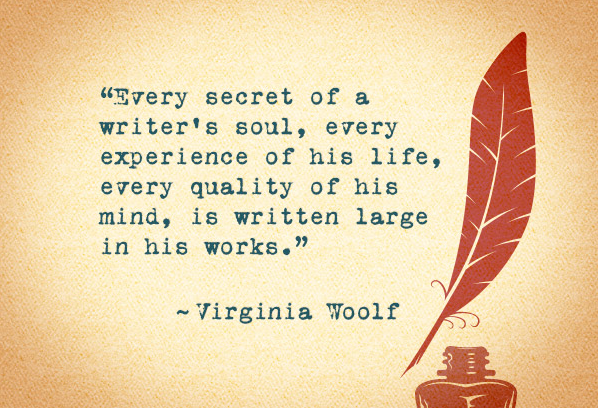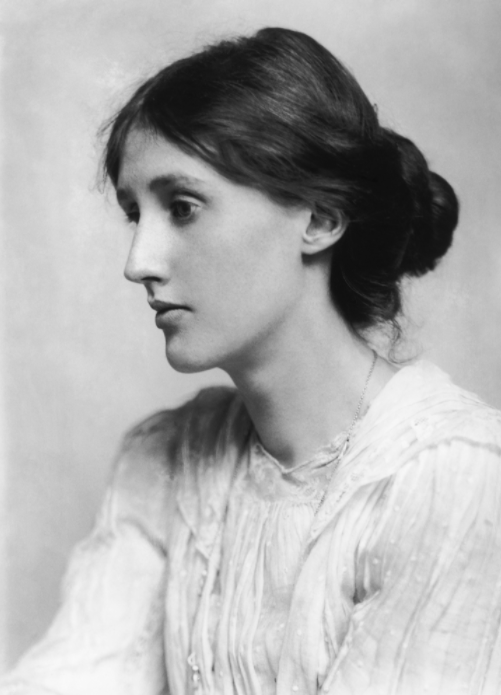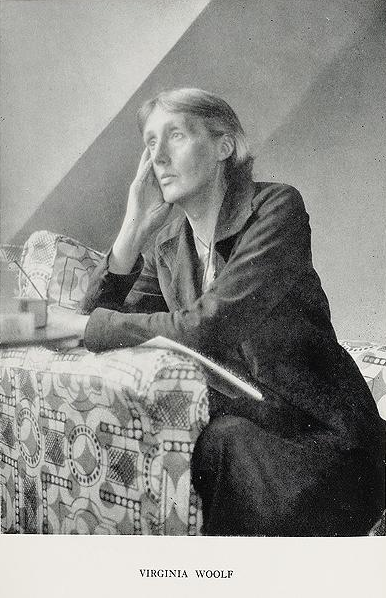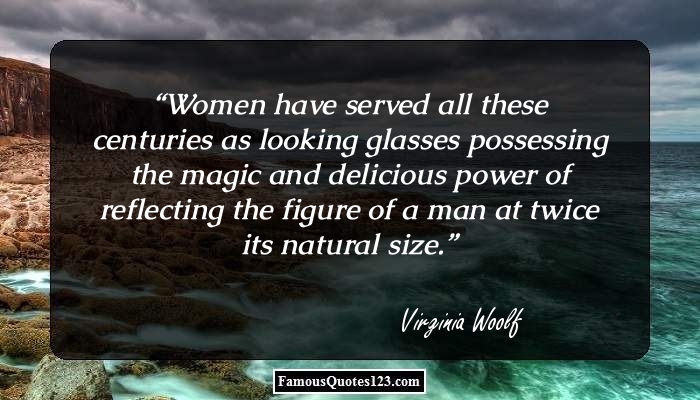
By Margueritte Peterson
There have been many authors over the past century that have been considered forerunners in the art of the Modern Novel. As a matter of fact, we have written about quite a few of them in the past. Some tell-tale signs of modernist literature are a few literary techniques like a stream-of-consciousness voice or interior monologue, and even numerous points-of-view within one work. These techniques are used by a great deal of modernist authors, but perhaps none so pointedly as the creator of the complex Mrs. Dalloway, feminist thinker and free spirit Virginia Woolf.
 Virginia was born Adeline Virginia Stephen on January 25th, 1882 in Kensington, London. She was born into a mixed family – both of her parents having been married previously with sets of children on both sides. The family was extremely literate – both parents being well connected in the artistic and literary worlds. In 1895 when Virginia was only 13 years old her mother died, followed closely by her half-sister, Stella and brother Thoby. At this point Virginia began to suffer from the nervousness and had the first breakdown of many she would suffer from throughout her life.
Virginia was born Adeline Virginia Stephen on January 25th, 1882 in Kensington, London. She was born into a mixed family – both of her parents having been married previously with sets of children on both sides. The family was extremely literate – both parents being well connected in the artistic and literary worlds. In 1895 when Virginia was only 13 years old her mother died, followed closely by her half-sister, Stella and brother Thoby. At this point Virginia began to suffer from the nervousness and had the first breakdown of many she would suffer from throughout her life.
Despite her nervous nature and brief periods of institutionalization, Virginia began to spend a significant amount of time with a group of writers and artists that was known as the Bloomsbury Group. By 1910 they were thick as thieves, and Virginia and her sister Vanessa along with writers, editors, and artists Leonard Woolf, Lytton Strachey, Clive Bell, John Maynard Keynes among others participated in both intellectual discussions and amusing pranks. In 1912 she married Leonard Woolf, and though they were never to be passionate lovers, the two were close friends, collaborators and intellectual equals for the three decades they were married. A couple years after the wedding, Virginia published her first novel A Voyage Out in 1915, and in 1917 she and Leonard opened The Hogarth Press in their country home in Richmond. Most of her later work would be published by their press at home. Her writing received moderate to a good amount of success, both from the critics and from her peers throughout her life. Today, Woolf is an author often associated with the feminist movement.
 As far as writing goes, Woolf’s stories are often experiments in point of view and narrative. She focuses her plots on realism – typical days in the lives of her characters, sometimes no plot twists whatsoever. She, alongside other modern authors Joseph Conrad and James Joyce, has been credited with the invention of the stream-of-consciousness form of writing – where the narration takes on a inner dialogue type voice that never ceases and flows lyrically from one subject to the next, just as our regular minds do. This lyrical style is also seen in her descriptions of ordinary, commonplace events in her novels. They are so stylistically written that Woolf elevates the ordinary and creates a world rich in detail.
As far as writing goes, Woolf’s stories are often experiments in point of view and narrative. She focuses her plots on realism – typical days in the lives of her characters, sometimes no plot twists whatsoever. She, alongside other modern authors Joseph Conrad and James Joyce, has been credited with the invention of the stream-of-consciousness form of writing – where the narration takes on a inner dialogue type voice that never ceases and flows lyrically from one subject to the next, just as our regular minds do. This lyrical style is also seen in her descriptions of ordinary, commonplace events in her novels. They are so stylistically written that Woolf elevates the ordinary and creates a world rich in detail.
Woolf struggled with depression and nervous breakdowns throughout her life, as I mentioned previously. Unfortunately at the age of 59 in 1941 Woolf succumbed to the pain of every day life and drowned herself in the River Ouse, near the Woolf’s home in Sussex. Her cremated remains are buried in the garden there. Woolf’s work, however, has lived on, and after a brief lapse of popularity following WWII, her work experienced a revival in the feminist movements of the 1970s and has remained popular and taught in colleges ever since!


